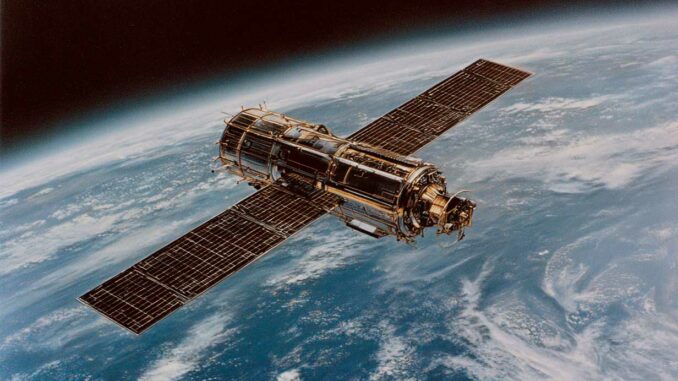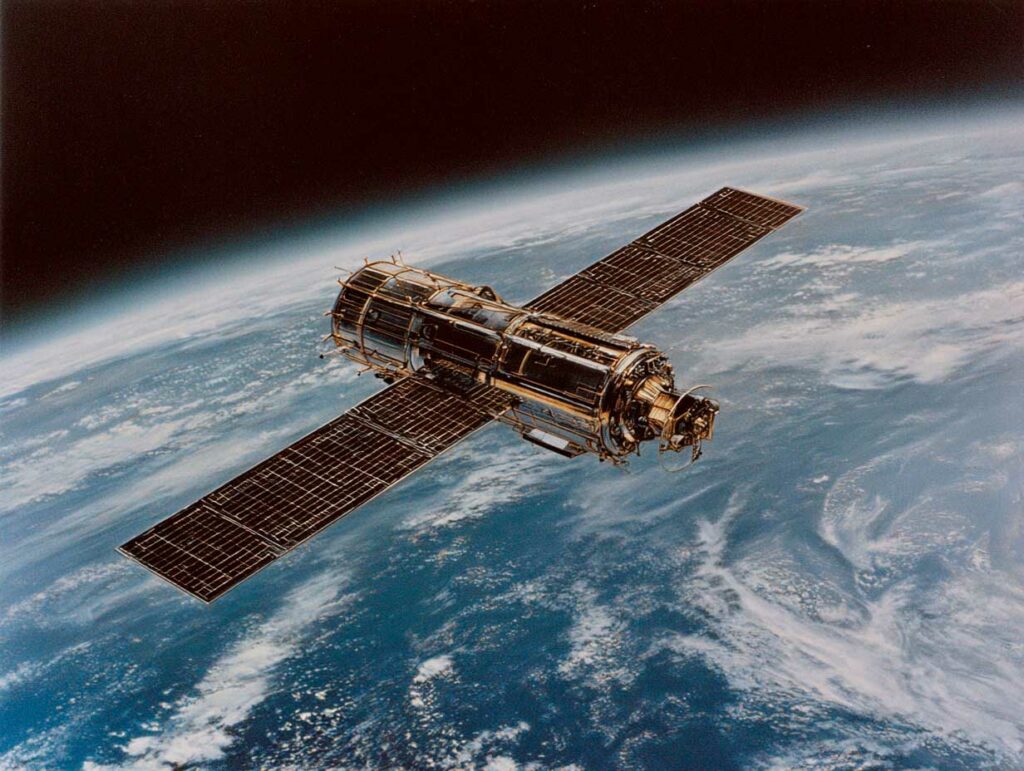
Faced with hostile satellite operations, space is becoming a conflict zone without clear rules, risking uncontrolled military escalation.
Space has become a major strategic confrontation zone, where military and civilian satellites can be disrupted silently, without trace, and without direct accountability. As capabilities for orbital maneuvering, cyber intrusion, radio jamming, and physical neutralization multiply, deterrence doctrines remain largely obsolete. China, the United States, and other space powers are conducting proximity or jamming operations, following Russia’s example, which disrupted Ukraine in 2022 with an attack on the KA-SAT network. The danger of uncontrolled escalation in space lies in the ambiguity of signals: a satellite can be moved or jammed without this formally constituting an act of aggression. The risk is now recognized as a priority by the US space forces and calls for an urgent review of international rules.
An operational theater without defined rules
Orbital conflict is now a strategic destabilizing factor due to the lack of clear rules and technical ambiguity surrounding satellite maneuvers. In March 2025, General Michael A. Guetlein of the U.S. Space Force described the presence of five space objects “maneuvering in synchronization around each other” as a concrete case of close-range orbital combat. These events, while not destructive, signal a capability to harass or degrade an adversary’s satellite in a controlled manner. These practices fall into a gray area: they can be characterized as testing, training, or technical failure.
Satellite jamming operations include jamming, laser blinding, cyberattacks, and proximity maneuvers. Their effectiveness lies in their invisible and deniable nature. In a tense situation, altering an adversary’s surveillance, navigation, or communication capabilities gives a decisive advantage in the early hours of a conflict. The attack on Viasat in February 2022 paralyzed Ukrainian military communications even before the ground offensive began.
Today, a satellite can be moved, hacked or jammed without any perceptible signal or debris. The attacker can claim unintentional failure or software error, thereby delaying any political or military response from the adversary.

Vital space infrastructure for modern states
Orbital infrastructure is no longer just a technical tool. It is a critical socio-technical system for modern states. According to researchers Columba Peoples and Tim Stevens, it forms assemblies linking satellites, ground stations, legal frameworks, and human expertise.
In the civilian sphere, satellites support global communications, GPS positioning, meteorology, bank transfers and emergency response. Their absence would slow down supply chains, block financial transactions and affect health and military responses. All digital activity relies on them, just like submarine cables and electricity grids.
In the military sphere, they provide real-time surveillance of troop movements, missile launches, and naval activities, and ensure secure communications between forces. They also enable precision-guided munitions and ballistic threat detection with a few minutes’ warning. They are therefore integrated into military decision-making structures, and their neutralization would directly affect a state’s ability to coordinate its military actions.
This dual civilian and military use makes securing them more complex. Many commercial satellites are operated by private entities, making regulatory defense unclear.
Sovereign constellations to counter vulnerability
Drawing lessons from the war in Ukraine, China is actively developing its own sovereign megaconstellations: Guowang (national network) and Qianfan (thousand sails). Guowang plans to have around 13,000 satellites, operated by the China Aerospace Science and Technology Corporation, for both civilian and military use. Qianfan, meanwhile, plans to deploy 14,000 satellites, operating in a distributed manner.
These constellations are not only intended to provide global internet coverage: they enable resilient communications, distributed control, and technological independence from Western infrastructure. In the event of conflict, they guarantee Beijing continuity of command and control, while preventing an adversary from disabling or compromising the entire network.
This model follows the example of Starlink, which will be used in Ukraine from 2022 to restore connectivity after the attack on Viasat. It demonstrates the strategic importance of a distributed network, which is difficult to neutralize as a whole. China is adapting this concept to a state-centric logic, where orbital sovereignty becomes an indirect military tool.
Towards a rethinking of space deterrence
The classic theory of deterrence is based on three pillars: capacity, credibility, and communication. However, in space, each of these pillars is called into question. Sensors can be jammed, attacks concealed, and intentions blurred. The jamming of a satellite can be interpreted as a technical failure. This operational ambiguity encourages discreet hostile actions.
In an environment where devices are dual-use, a weather satellite can also transmit targeting data. It becomes difficult to distinguish between a defensive act and offensive preparation. The slightest orbital shift can be misinterpreted, triggering an unintended military response.
Several options are being considered to limit the risks:
- proximity thresholds that must not be crossed between satellites,
- automatic alert protocols in the event of intrusion into control systems,
- shared standards for anomaly detection,
- and dedicated communication channels between space powers.
These measures would reduce strategic ambiguity and contain crises. However, their implementation requires multilateral technical cooperation, concrete diplomatic commitments, and the integration of verifiable technical safeguards into the very operation of satellites.
Without these mechanisms, the risk of war triggered by technical error or misinterpretation remains high.
War Wings Daily is an independant magazine.